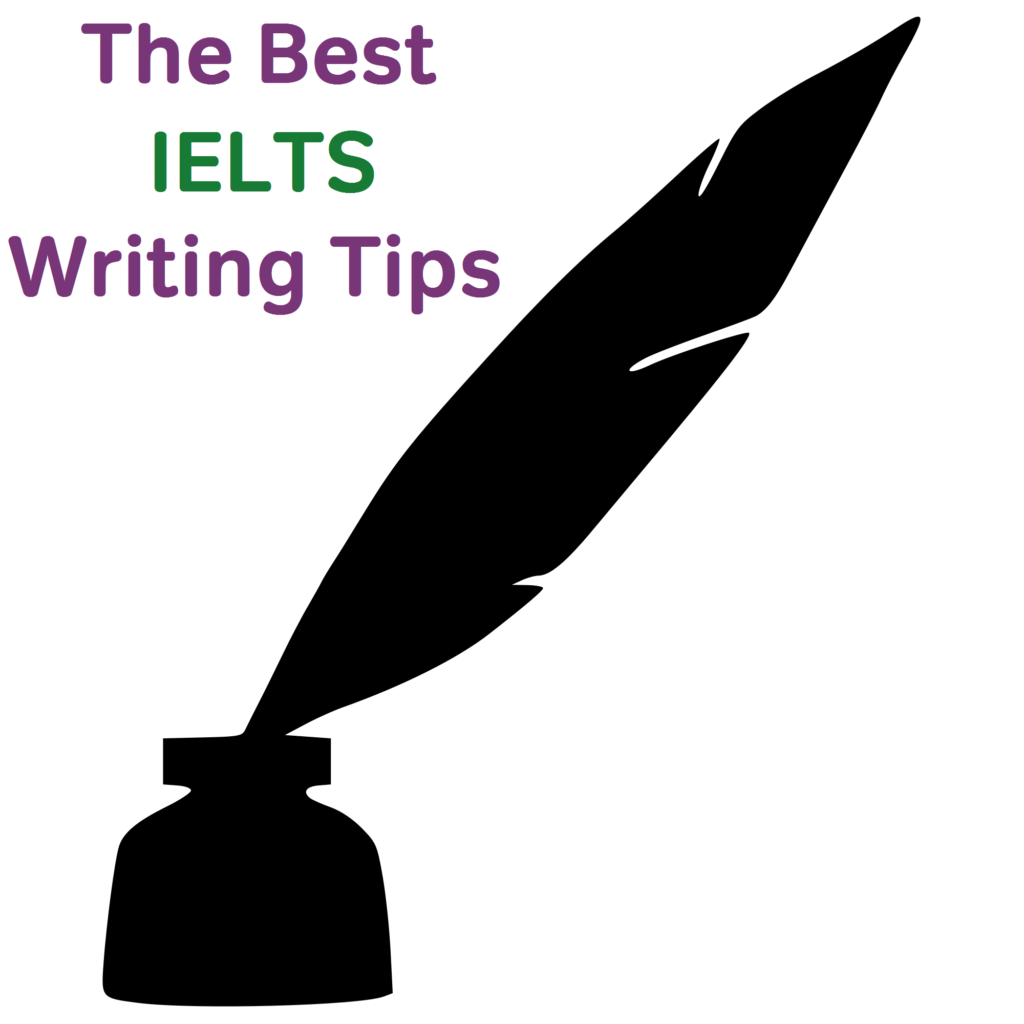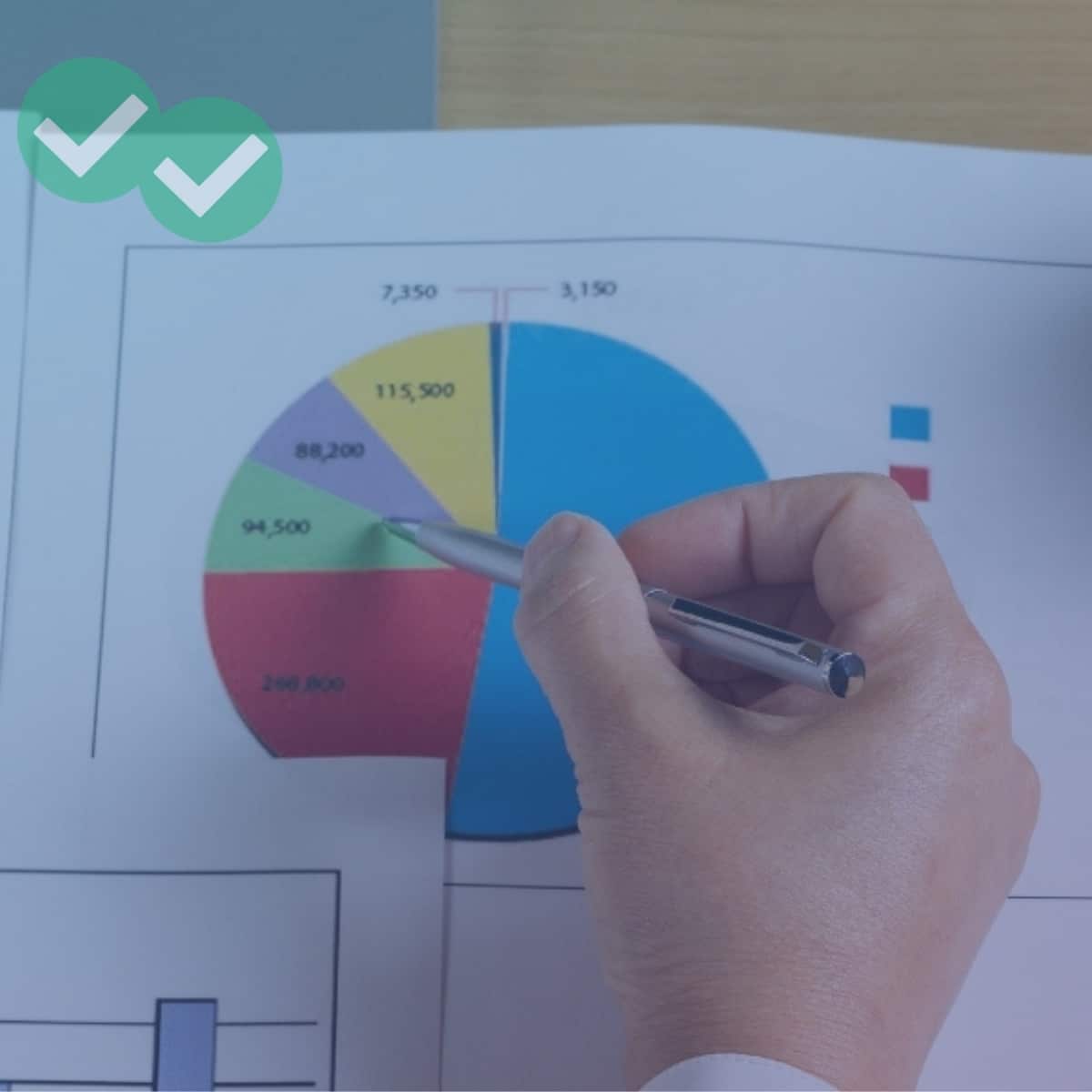
Are you looking for the best IELTS Writing tips? Magoosh IELTS has you covered. Read on to see our tips for getting a top score in IELTS Writing.
IELTS Writing Structure and Content
Magoosh IELTS’s teachers have tips to help you understand IELTS Writing and Content. Here on our blog, Kuangyan gives a helpful overview of the IELTS Writing topics. Read her article to learn about the structure of both versions of the IELTS Writing Test: the Academic Version and the General Training Version.
In addition, the Magoosh IELTS blog offers specific examples of the three kinds of IELTS Writing Tasks: Academic IELTS Writing Task 1, General Training IELTS Writing Task 1, and IELTS Writing Task 2 (the second task is the same on both versions of the test). To see these examples and explanations of these tasks, check out Gwendolyn’s post, IELTS Writing Task Samples. Along with these samples, Kuangyan has put together a long list of past IELTS essay questions taken from real IELTS tests.
Magoosh IELTS teacher Sean has even more tips about the two versions of IELTS Writing. Here on the blog, Sean provides you with a breakdown of the Academic IELTS Writing Section, and then a breakdown of the General IELTS Writing Section.
Finally, Eliot offers an even more detailed look at Writing Task 2, helping students understand that there are three common kinds of Writing Task 2 questions. To see these in-depth tips for Task 2, read the Complete Guide post on how to tackle the 3 main types of IELTS Writing Task 2 questions.
IELTS Writing Techniques and Strategies
Magoosh TOEFL also has plenty of tips for improving your writing techniques on the IELTS and building good IELTS writing strategies.
The strategy tips we offer can serve you well on Task 1 or Task 2 in either the Academic IELTS Writing Test or the General Training one. Kuangyan has written a very helpful article about common mistakes in IELTS Writing and how to avoid them. Gwendolyn adds to Kuangyan’s advice with 5 common grammar mistakes in IELTS Writing. Kuangyan has also made a nice tutorial on the use of formal and informal writing on the IELTS. And Gwendolyn further offers tips for writing speed and accuracy, telling you how to get quicker at writing your IELTS essay, and how to effectively check IELTS writing for errors.
Then there are Magoosh IELTS’s tips about the technical aspects of IELTS Writing. If you’re not sure about comma use, Kuangyan has you covered with her lesson about how to use commas in IELTS Writing. Then Gwendolyn gives a tour of vocabulary and grammar in IELTS Writing, with one post on why you must use conjunctions in IELTS Writing and another post that lists useful IELTS vocabulary and phrases for the Writing Section. After that, she looks at linking phrases as an IELTS Writing device. And at the sentence level, Kuangyan has written up some tips on useful sentence patterns for IELTS Writing. And at the word level, Rachel can advise you on how many words to write in each IELTS Writing essay.
We have technique and strategy tips for the different individual IELTS Writing tasks too. Kuangyan looks at General Training IELTS Writing Task 1, with tips for writing letters in IELTS General Training. Then Eliot gives a sample Academic IELTS Writing Task 1 question and template. Rachel even provides some specific advice on vocabulary for the process diagram question type for Academic Writing Task 1. And if you want to improve on IELTS Writing Task 2, the best place to start on our blog is probably the complete guide that explains how to organize your thoughts in IELTS Writing Task 2. Once you’ve looked at Kuangyan’s prewriting tips, you can start writing some actual Task 2 essays with help from Gwendolyn. Get started with her IELTS Task 2 Writing template.





